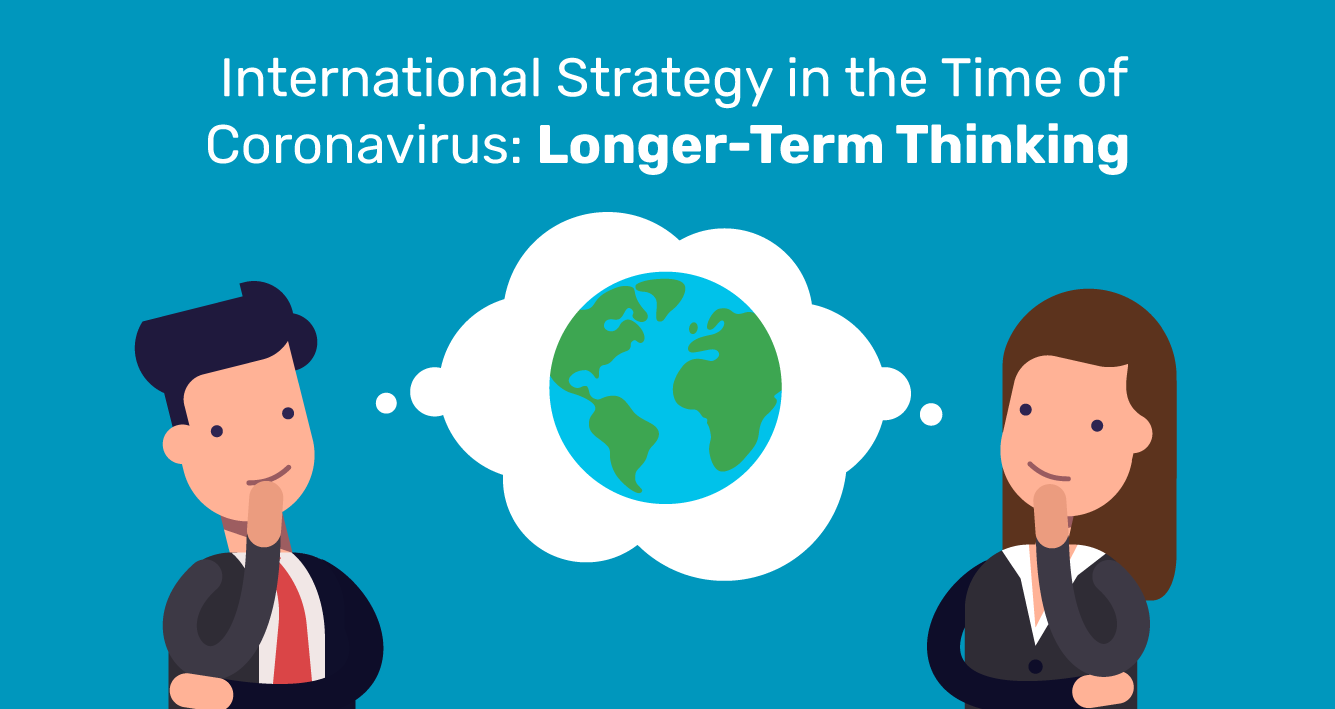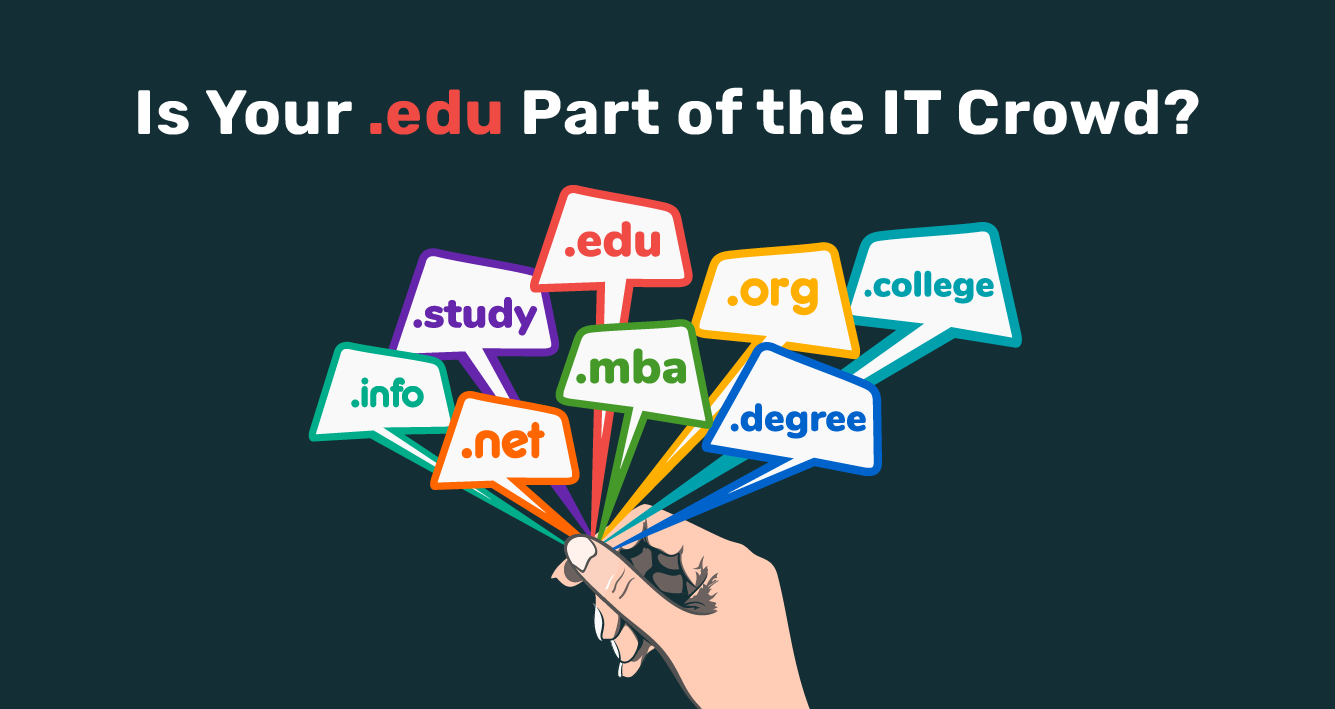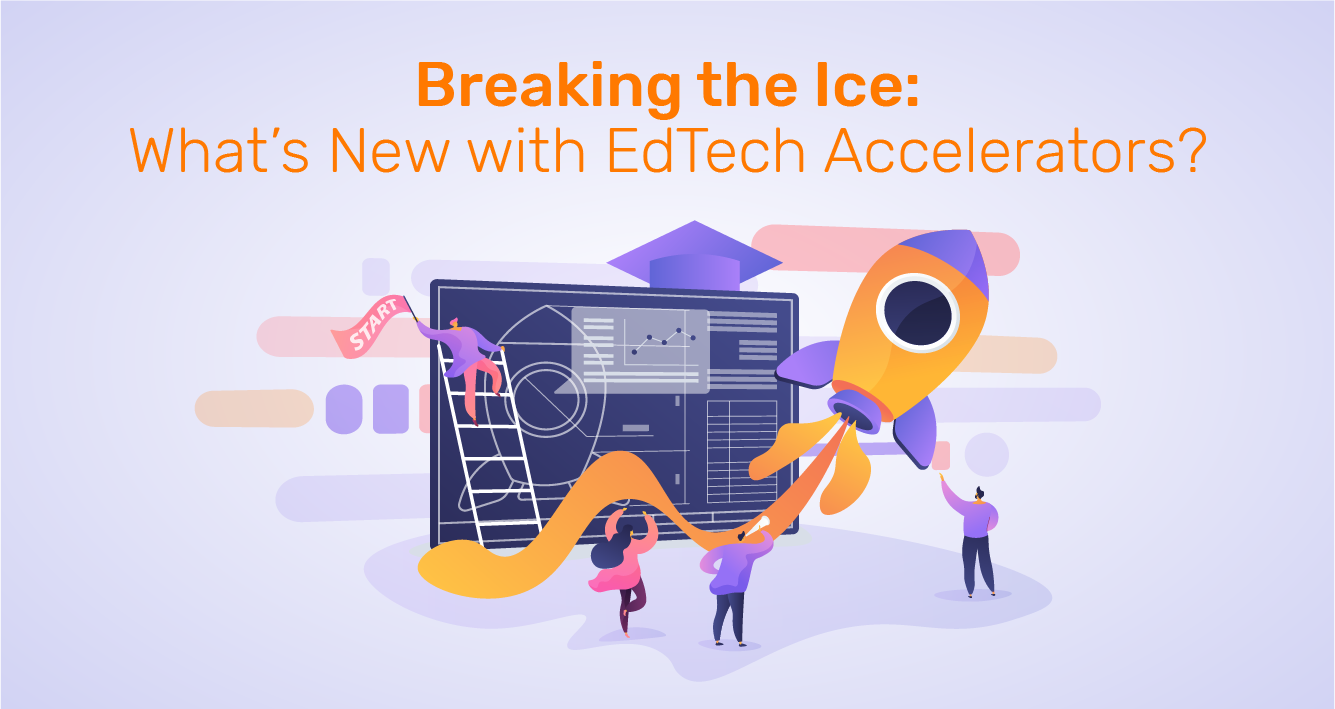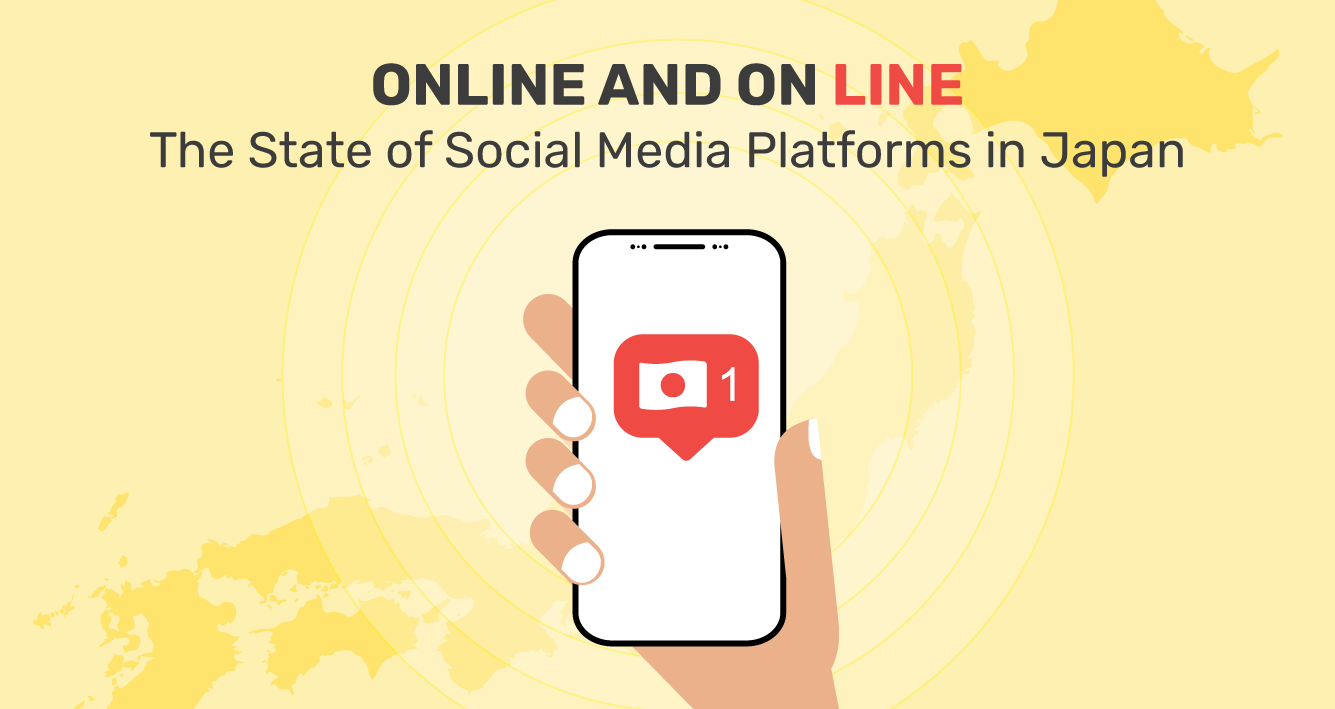In the past two weeks, since we posted our near-term thinking about student recruiting, enrollment, and the impact of the Coronavirus, a lot has happened. The advice we gave for institutions continues to hold. And now it is time to share some of our longer-term thinking.
Many of our readers are responsible for international student recruitment, enrollment, and student services. Other readers are in leadership roles with broader student enrollment responsibilities.
Intead has long been advocating for a diversified approach to enrollment growth beyond a focus on just international students -- advice on diversified approaches to enrollment strategy follows. Keep reading, and hang on to your hat…
A given: the virus represents a significant threat to international travel and the economy. This past week the APAIE 2020 conference scheduled for late March in Vancouver was postponed to 2021. Other education industry conferences have been cancelled as well. Some 200,000 international flights have been canceled since the virus outbreak. Academic administrators in Australia are taking the brunt of all the travel restrictions and challenges right now. The rest of us will be feeling it acutely this summer and fall and beyond.
As we mentioned two weeks ago, challenges do arise and when they do, we don’t get frustrated, we get focused. This is an important mindset in any scenario and especially important when your industry is suffering a significant shock.
A few quick assessment questions:
- Do you have leaders who welcome big picture thinking?
- Can you execute on your strategic plans?
- Can you calculate the cost of putting your ideas into practice?
- Can you provide market data to support your projected results?
Hopefully you answered, “Yes” to the first question (if not, you might be in the wrong place), and you think your answers to the next 3 questions are also, “Yes” (perhaps with the caveat that you’ll need some help to do it).
With this in mind, let’s dive into our longer-term thinking prompted by the latest threat to your student enrollment and revenue projections. Read on.
Read More










